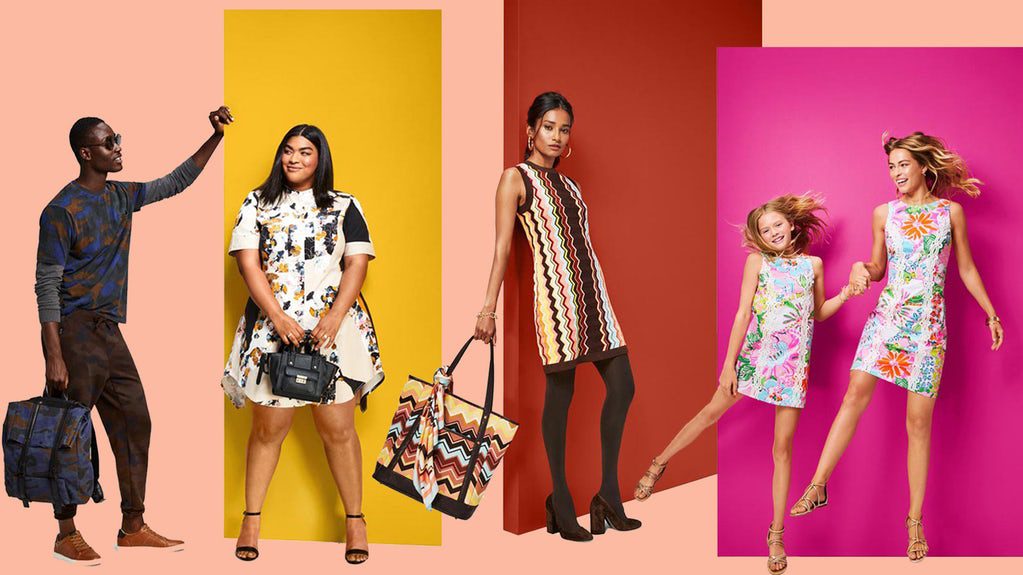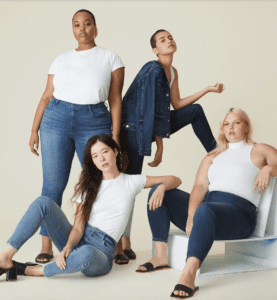
Anti-Viral Fashion
Image From Celebnews.in
The intersection of function and fashion has become increasingly important to consumers in the past few years, and coronavirus offers a new function to explore: anti-viral technology. Function has, til now, meant adaptable sizing, wicking fabrics, UV-blocking technology, and other day-to-day conveniences we can add to the clothes we wear. With the onset of coronavirus, function becomes about more than just convenience—it becomes about safety.
Swiss textile firm HeiQ has been developing its Viroblock technology since 2013, but it hadn’t been a top priority until early 2020, when the pandemic was detected in China. In March, the company officially unveiled the process. In the final stage of textile production, Viroblock adds an invisible film to fabrics. This film kills 99.9% of SARS-CoV-2 on contact and remains intact for up to 30 laundry cycles.
In an era when consumers are also increasingly invested in sustainability, this temporary nature might seem problematic. The company acknowledges this flaw, and they say that they are working on strategies for re-treating clothing so that consumers won’t throw away their anti-viral purchases after those 30 laundry cycles are complete.
 Viroblock was first used on medical masks in hospitals, according to Vogue, but HeiQ is looking to transition to adding its treatment to clothing as well. The company has partnered with Artistic Denim Mills, a Pakistan-based leader in denim production, and their labels Warp + Weft and DL1961 will treat every pair of their jeans with Viroblock starting in October. Adopting this technology is in line with the socially responsible ethos these labels already cultivate. They prioritize sustainability and inclusive sizing, as well as donations to charities like No Kid Hungry and commitments to save and recycle the water they use in manufacturing.
Viroblock was first used on medical masks in hospitals, according to Vogue, but HeiQ is looking to transition to adding its treatment to clothing as well. The company has partnered with Artistic Denim Mills, a Pakistan-based leader in denim production, and their labels Warp + Weft and DL1961 will treat every pair of their jeans with Viroblock starting in October. Adopting this technology is in line with the socially responsible ethos these labels already cultivate. They prioritize sustainability and inclusive sizing, as well as donations to charities like No Kid Hungry and commitments to save and recycle the water they use in manufacturing.
To people who already wear their masks and gloves and disinfect regularly (which should be all of us), this technology may seem unnecessary. After all, the odds of transmitting a virus through your clothes are lower than, for example, inhaling airborne droplets after an infected person coughs or sneezes. Even so, there’s no downside to adding this extra layer of protection to your wardrobe. If, by October, you can reduce the possibility that you participate in spreading the virus just by buying a new pair of jeans from Warp + Weft or DL1961—why wouldn’t you?
Images via Vogue


